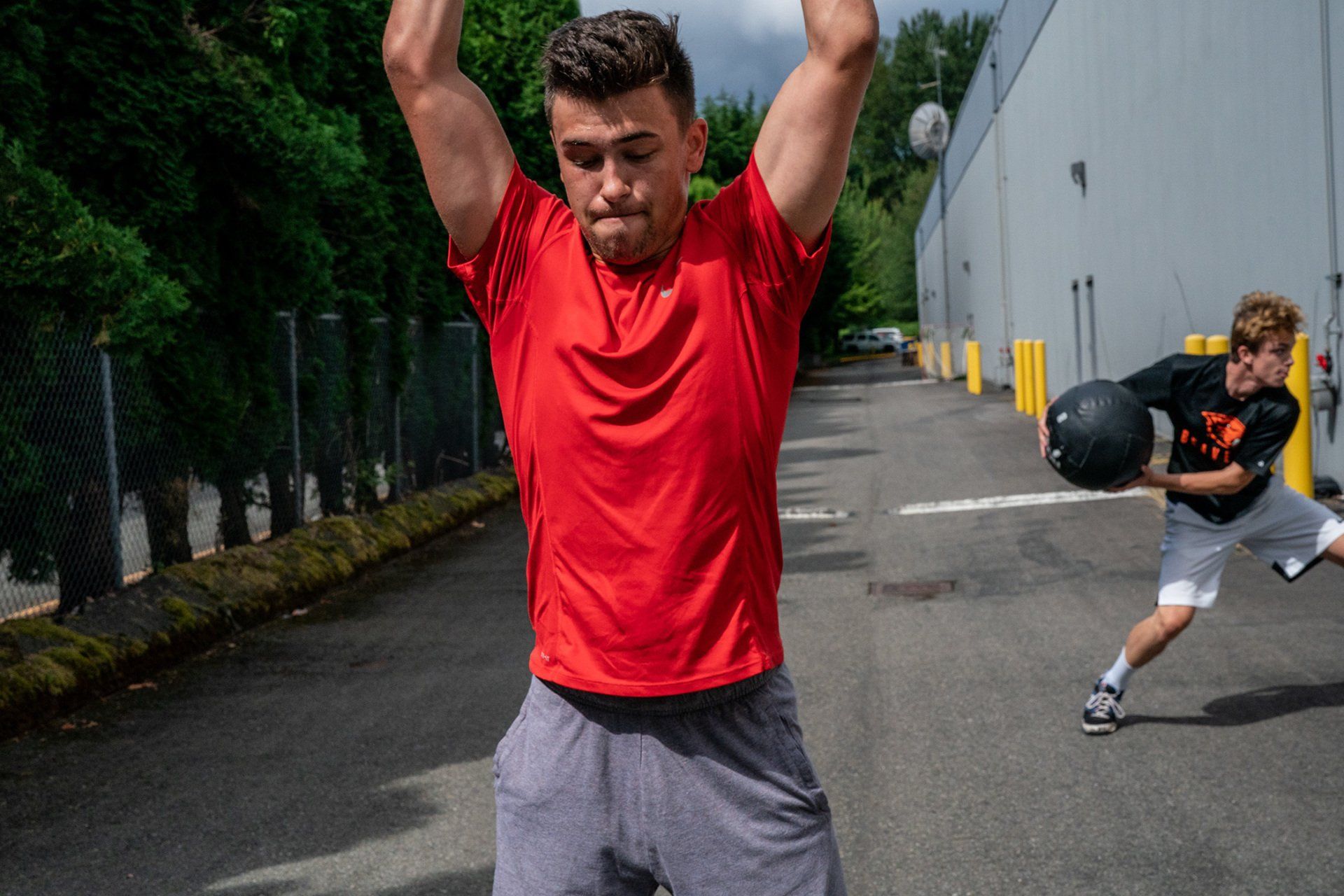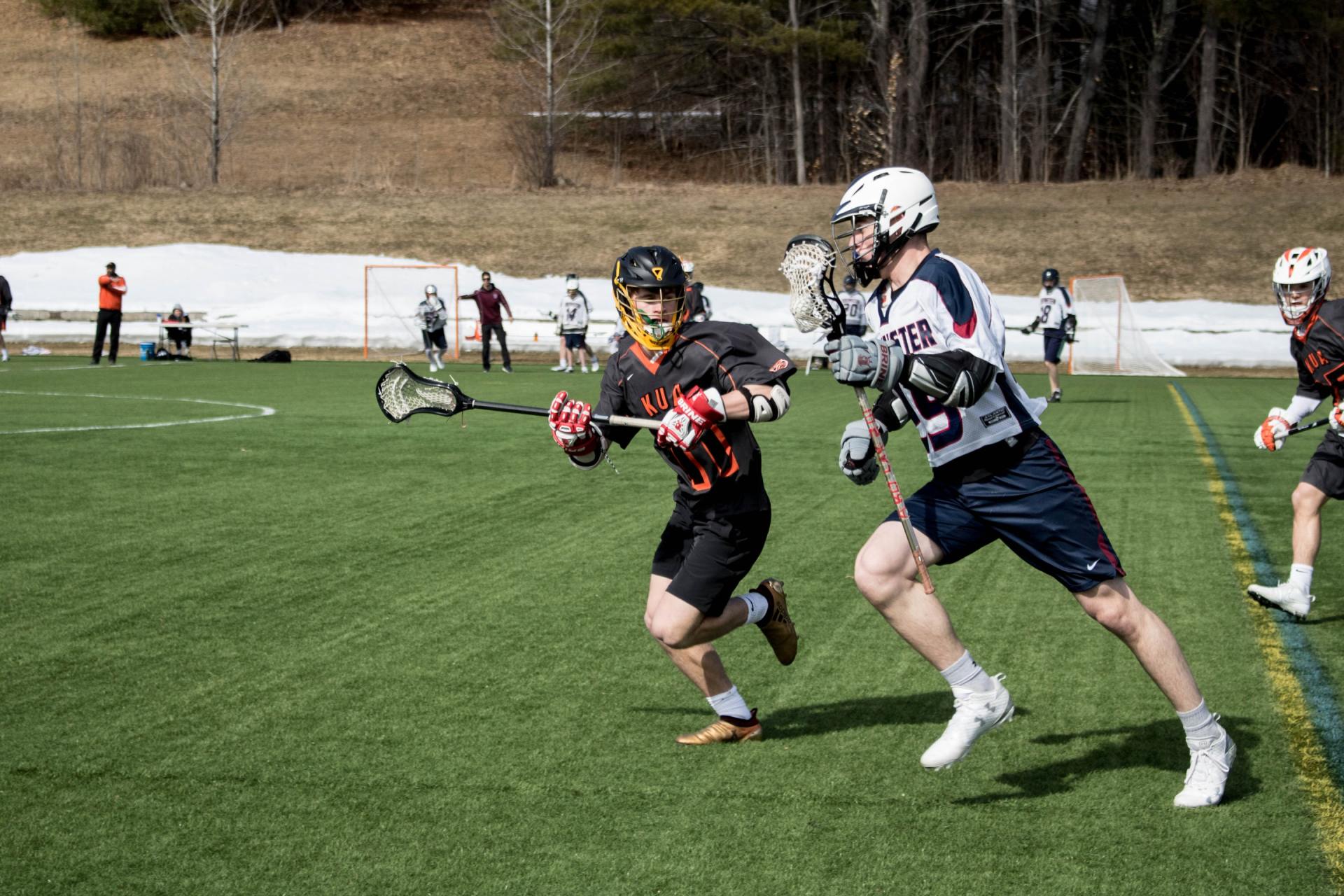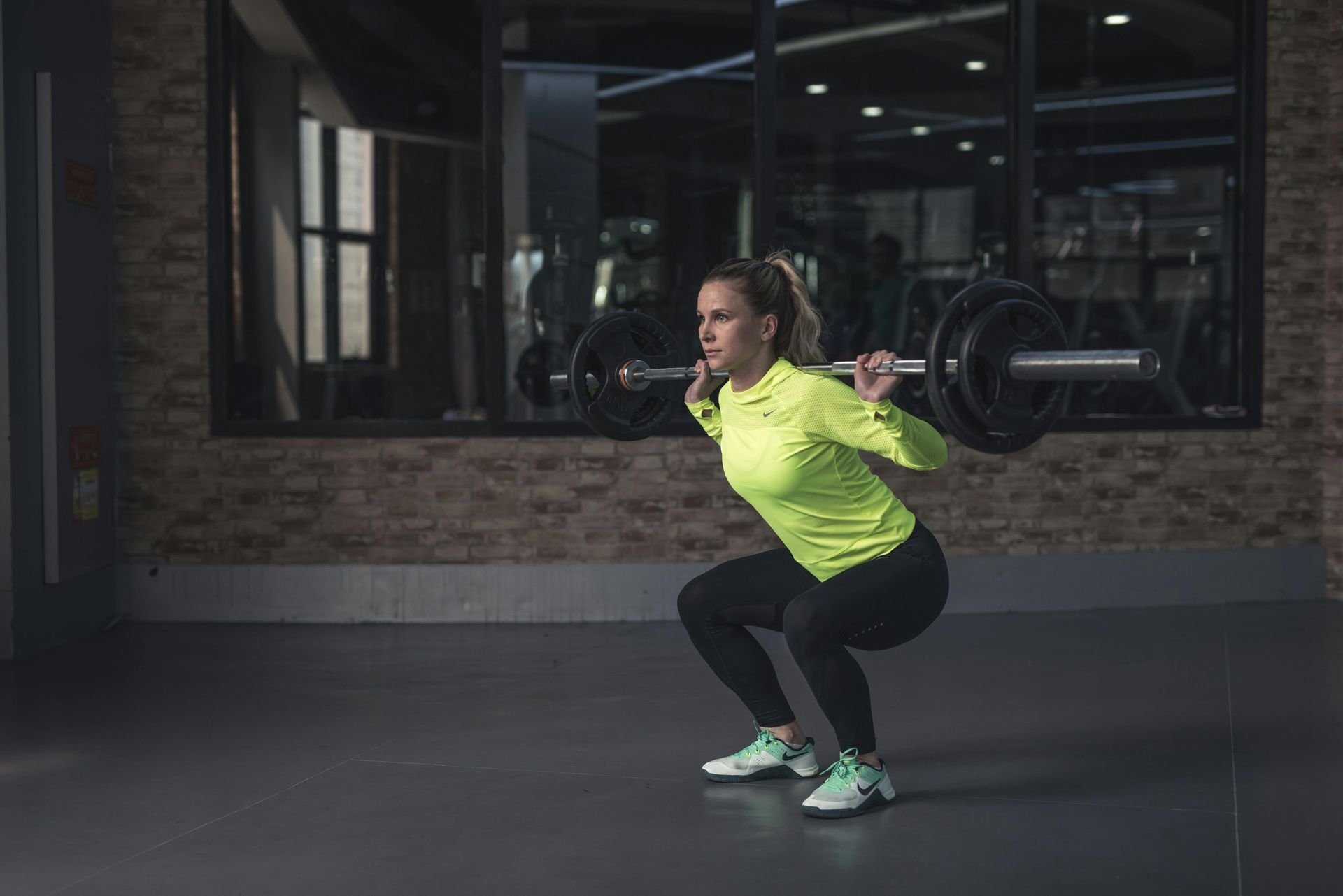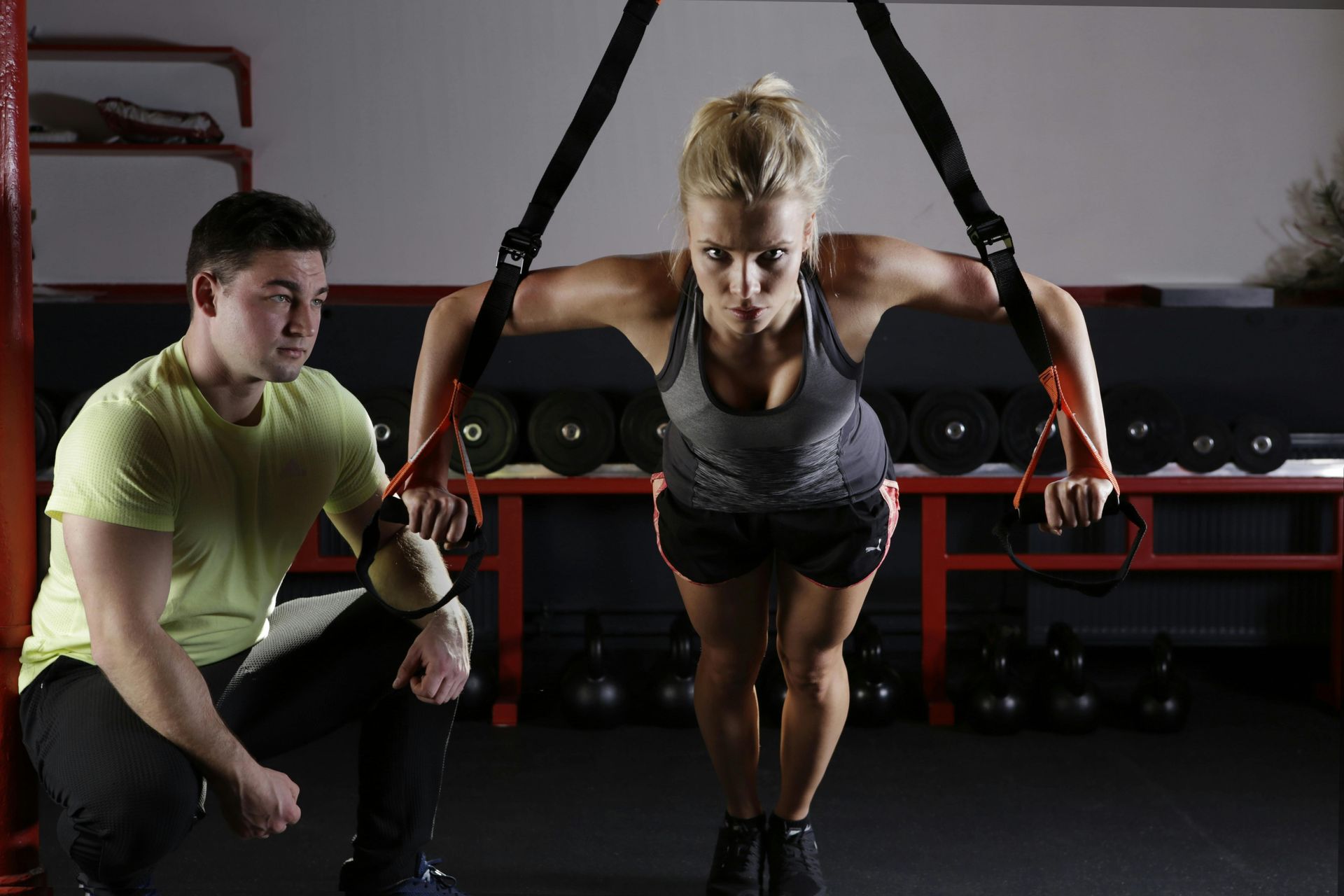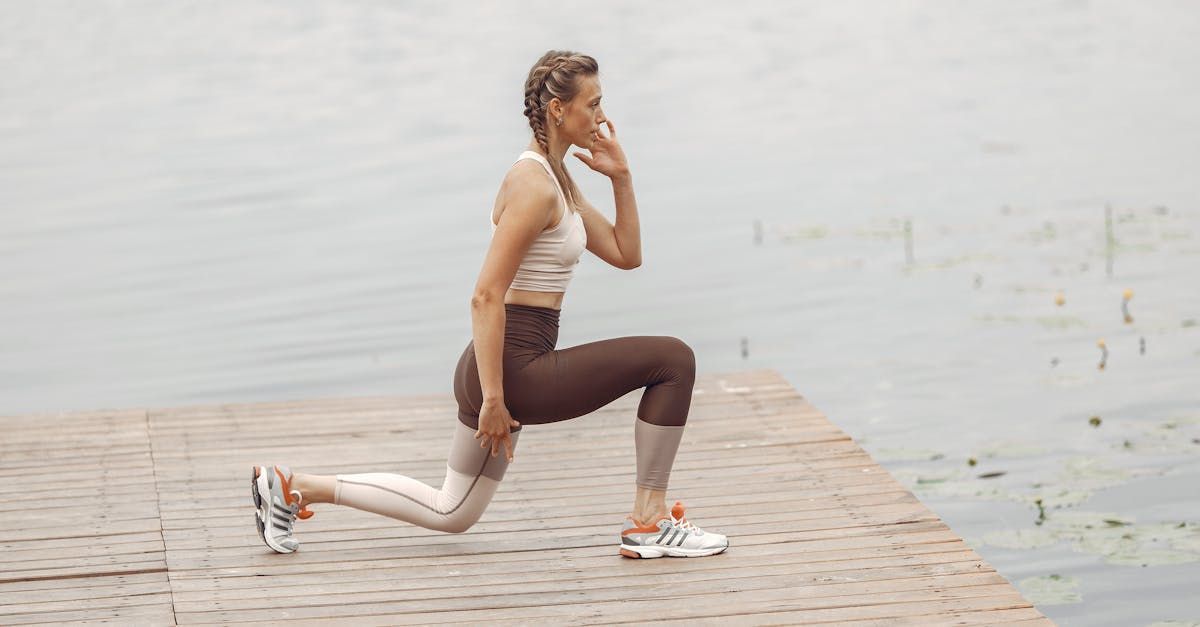Training Speed and Agility Like a Track Athlete Won't Help Your Game-Speed
If you want game-changing speed here's what you need to know
Usain Bolt is one of the fastest people on earth. Running 100 yards in 9.58 seconds. He even tied the NFL Combine 40 yard record, wearing sweats and flat shoes (on turf). He is one of the fastest individuals ever, but does that mean that he could cruise past safeties in the NFL?
This is where GAME SPEED is different from being FAST.
Fast athletes can run in a straight line at speeds quicker than others. Game-changing athletes are able to react and move at a faster rate than the competition.
Game-changing plays are decided in fractions of a second. You see it each Sunday during football season, the offensive player making it across the goal line, right as he is tackled by the defender. Or a baseball player getting on base, with the tag out being a half second behind.
Track and Field is a closed event, meaning the event is done in a stable and predictable environment, where the performer knows exactly what to do and when to do it. Field and Court sports, however, are classified as open events, where athletes need to accelerate, decelerate and change directions based on the ever-changing environment.
Because of this, Field and Court athletes need to train differently than a track athlete in regards to speed. Track athletes put a special focus on running mechanics and technique. While this is important for the field and court sports athlete to learn, most of it goes out the window when the game begins.
For example
-
Soccer players need to run while kicking a ball and changing directions
-
Lacrosse players hold a stick in their hand while sprinting up and down the field
-
A football running back needs to keep the ball in their hand while cutting and stiff-arming through the defense
-
A baseball athlete starts their sprint after finishing their swing, placing them in non-optimal positions
If you are a field and court sport athlete looking for your edge here are the three things you NEED to work on to develop GAME-CHANGING SPEED
Acceleration
Acceleration is king when it comes to developing game-changing speed. Sports are played in a constant state of acceleration and deceleration mixed with a change of direction. Very rarely do field and court athletes make it to their max velocity when running, which makes your first few steps even more important.
Acceleration is categorized into two parts: maintaining a positive shin angle and taking big powerful strides.
Think of acceleration like running up a hill. If you maintain an upright posture, you will go nowhere. If you are not finishing each and every stride, you will go nowhere.
A positive shin angle is when the athlete is maintaining a steep forward lean, characterized by the knee being over the toes. This puts the athlete into the best mechanical advantage to accelerate.
During acceleration, there should be an emphasis placed on covering more ground by taking big powerful strides. We teach our athletes to finish each stride by fully extending the hip, knee, and ankle.
When athletes rush this portion of acceleration, they might be moving their feet 100mph but if each step is short and quick, they will be getting nowhere.
Agility
As I mentioned earlier, field and court sports are played in a constant state of acceleration/deceleration and change of direction. Therefore the athlete who can recognize patterns and react to them faster has the upper hand.
Agility includes finding clues from the environment to make decisions then physically execute them as quickly as possible. Just like when participating in sport, the athlete is constantly reacting to an unpredictable environment in real time.
When working agility with my athletes, I incorporate different ways for them to respond to external stimuli. There are countless ways to incorporate agility into your training, but here are two classifications to use:
-
Audible - The coach or training partner provides verbal directional cues. For example, The athlete would be placed in-between two different colored cones. The training partner would shout out red, and the athlete has to react and race to the red cone.
-
Visual - The athlete is given visual directional cues to engage in such as mirroring or tag drills with teammates. One of my favorites is putting two athletes in a line, two yards apart. The athlete behind has to react and sprint after the first athlete when they start moving.
Using chaotic drills like these forces the athlete to make decisions similar to what they will see on the field or court.
Strength
Athletes must possess the necessary full body strength to absorb and redirect forces, decelerate and re-accelerate in another direction.
The stronger you are in relation to your body weight, the more force you will be able to put into the ground with each stride, helping you accelerate faster. Improving your base levels of strengths will also improve your ability to stop and change direction.
If I had two athletes of identical height and weight, the athlete who is stronger will be faster, because they have a higher level of relative body strength. This does not mean that athletes need to be as strong as a powerlifter. But each athlete needs to have adequate relative body strength to overcome inertia and propel themselves forward.
Exercises that have worked extremely well for our athletes include squats, trap bar deadlift, and a multitude of single leg exercises.
In sports being fast isn’t enough if you can’t make it translate to the game speed. Work on these three things to take your game to the next level.
UPDATE: We have a FREE Acceleration Series giving you the tools and drills you need to improve your acceleration. Check it out here


